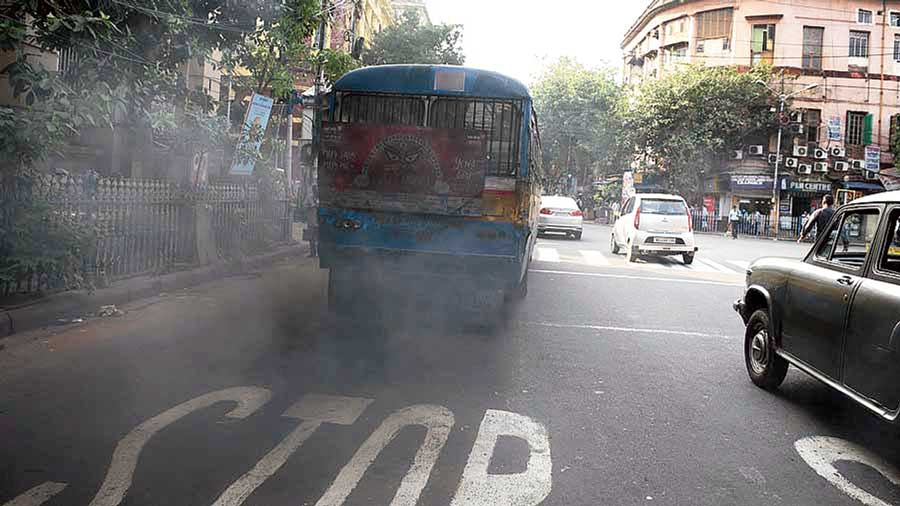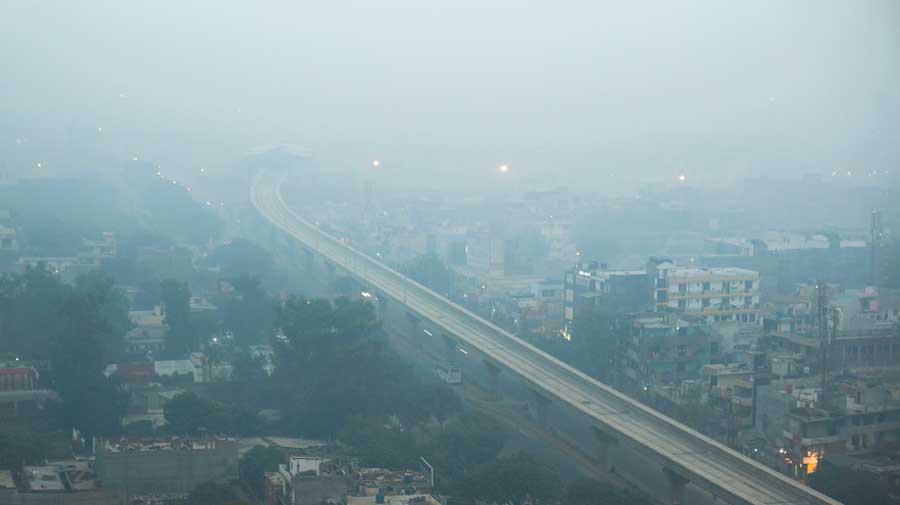The average level of PM (particulate matter) 2.5 in Kolkata’s air last year was more than 1.5 times the national standard and more than 13 times the standard set by the World Health Organization (WHO), shows an analysis by the Centre for Science and Environment (CSE).
PM 2.5 is considered the most toxic of all air pollutants. They can enter deep into the lungs and trigger a range of critical diseases, including cancer.
Experts from the Delhi-based CSE who were associated with the study pointed out that the city needed to address “big items like pollution from vehicles” to minimise air pollution.
Sprinkling water on roads, the experts pointed out, will not achieve much.
Mayor Firhad Hakim, who is also Bengal’s transport minister, admitted that the city’s pollution scene is “scary”.
“We have to address the problem. Addressing air pollution is one of the priority areas during my current tenure (as mayor),” he said.
In 2021, Kolkata was the only metropolis city after Delhi where the level of PM 2.5 — 66 micrograms per cubic metre of air - remained significantly higher than the national permissible limit.
The national limit is 40 micrograms and WHO standard is 5 micrograms.
Delhi’s average PM 2.5 level last year was 109 micrograms.
The cities that fared better than Kolkata included Bangalore (33 micrograms), Chennai (25 micrograms), Hyderabad (41 micrograms) and Mumbai (34 micrograms).
A study carried out by the National Environmental Engineering Research Institute, at the behest of the state pollution control board, shows household emission accounts for the maximum share of PM 2.5 in the city — 28 per cent share.
Then comes road dust (25 per cent) and emission from vehicles (24 per cent).
“Vehicles are the major problem in Kolkata. All apportionment studies are showing that, but you are constantly focusing on sprinkling of water. The big-ticket problems like the vehicle count or automobile pollution are being ignored,” said Anumita Roy Chowdhury of CSE, who led the analysis.


